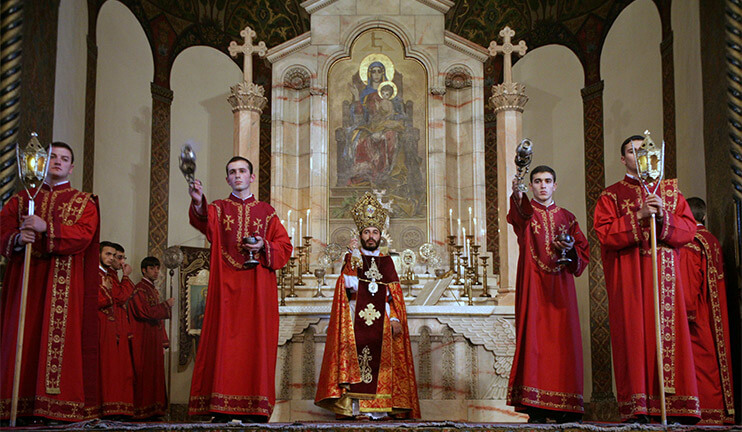Armenia, a nation steeped in rich history and culture, holds a distinctive place in the religious map of the world. Known as the first country to officially adopt Christianity as its state religion in 301 AD, its religious landscape has been predominantly shaped by this momentous event.
However, its religious narrative does not end with Christianity. Various other faiths coexist in this country, each contributing to the nation’s diverse spiritual tapestry. This article explores the major religions in Armenia, exploring their historical roots, practices, and impact on society.
Understanding these religions offers not just insight into the country’s spiritual identity but also reflects the broader complexities of religion’s role in shaping national cultures.
The Armenian Apostolic Church
Central to the country’s religious identity is the Armenian Apostolic Church. Its foundation dates back to the early 4th century when St. Gregory the Illuminator converted King Tiridates III, leading to the Christianization of the country.
This church differs from Eastern Orthodoxy and Roman Catholicism in certain theological and liturgical aspects, aligning with Oriental Orthodoxy. The Armenian Apostolic Church has deeply influenced the country’s cultural and national identity. Its impact is evident in the language, art, and architecture.
The Church’s role transcends the spiritual realm, extending into the realms of social and cultural life. It has been a unifying force throughout the country’s tumultuous history, particularly during periods of foreign domination and the Armenian Genocide.
The Church’s practices are characterized by rich liturgical traditions, unique feasts, and a deep reverence for the divine nature of Christ.
The monastic tradition, a significant aspect of the Church, is exemplified in the numerous ancient monasteries scattered across the country, which are not only places of worship but also centers of learning and cultural preservation.
Catholicism
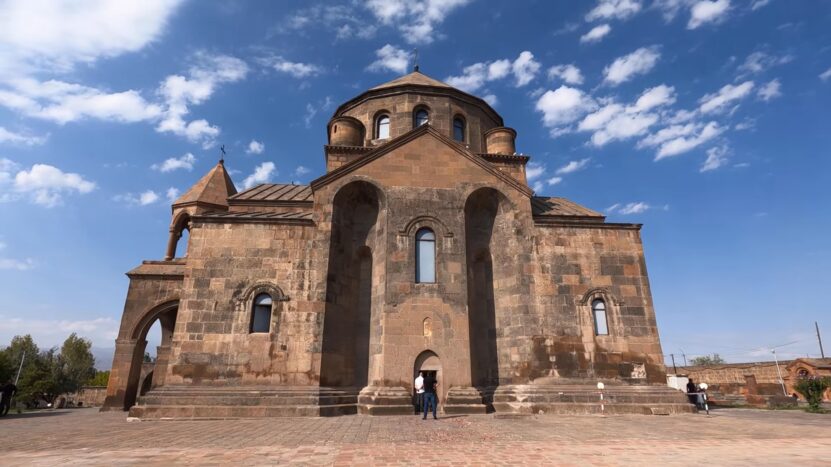
The Armenian Catholic Church, while smaller in number, plays a significant role in the religious landscape of the country. Established as a result of a union with the Roman Catholic Church, it maintains its distinct Armenian heritage.
This Church represents a unique amalgamation of Armenian Christian traditions with the universal scope of Roman Catholicism. The history of the Armenian Catholic Church is marked by periods of growth and adversity.
Despite facing challenges, including persecution, the Church has managed to preserve its traditions and contribute to Armenian society. The Armenian Catholic community actively participates in the educational and social sectors, running schools, charitable organizations, and cultural centers.
Protestantism
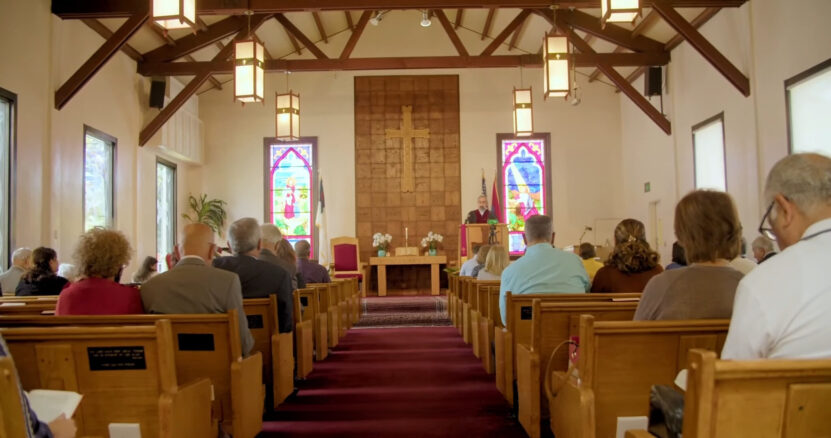
The introduction of Protestantism to the country in the 19th century marked a significant shift in the religious dynamics of the country. Brought by American and European missionaries, it introduced new forms of worship and community organization.
This period saw the establishment of numerous educational and health institutions, which played a crucial role in the social development of the country. The Protestant community in Armenia comprises various denominations such as Baptists, Pentecostals, and Evangelicals.
Each denomination brings its unique perspective to the Armenian religious landscape. These communities are known for their active involvement in humanitarian and social efforts, contributing significantly to underprivileged areas.
They also advocate for religious dialogue and tolerance, playing a vital role in promoting understanding among different faith groups.
Islam
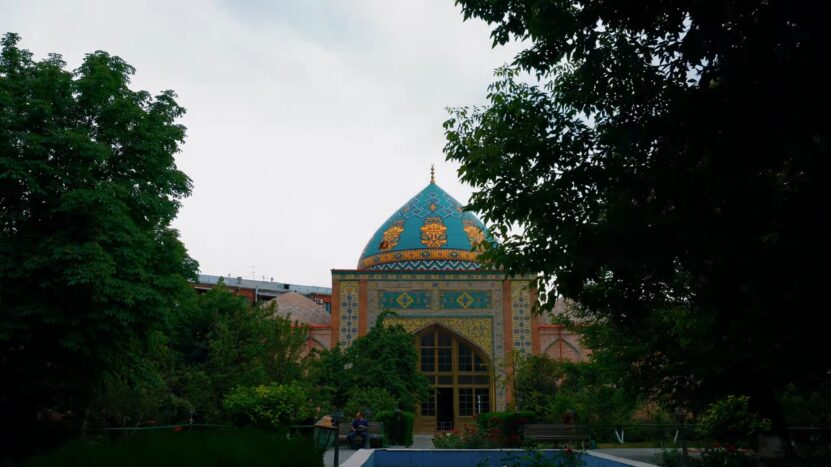
Islam’s presence in the country can be traced back to the Arab conquests in the 7th century, and later through the influence of Ottoman and Persian empires. Historically, Armenia’s Muslim population included both Sunni and Shia communities, though their numbers have considerably dwindled over time.
The Islamic influence in the country is more historical than contemporary. However, the legacy of Islam can still be seen in some architectural and cultural elements in the country.
Today, the Muslim community in Armenia mainly consists of ethnic minorities, including Kurds and Yezidis. They maintain their distinct cultural and religious practices, adding to the religious diversity of the nation.
Yezidism
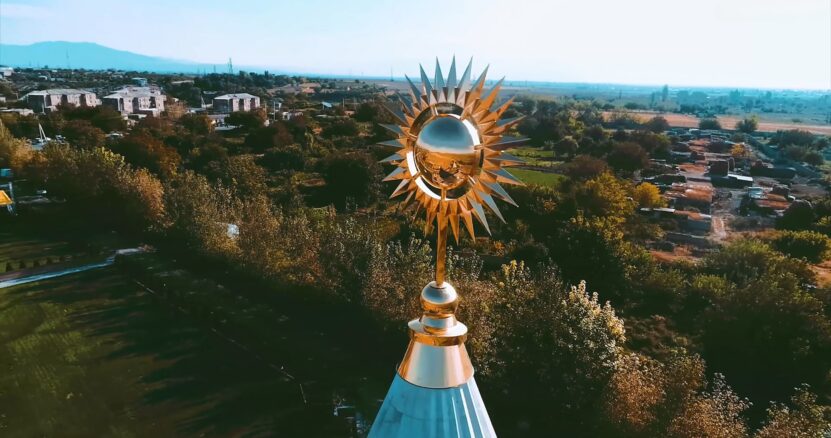
Yezidism, an ancient monotheistic religion, holds a significant place in the country’s religious landscape. Often misunderstood, Yezidism has its unique set of beliefs and practices, which include the veneration of Melek Taus, the Peacock Angel.
The religion incorporates elements from Zoroastrianism, Islam, and Christianity. The Yezidi community in Armenia, primarily of Kurdish ethnicity, is the largest minority religion in the country. Despite being in a predominantly Christian environment, they have managed to preserve their religious and cultural identity.
The Yezidis contribute to the cultural diversity of the country, maintaining their traditions, rituals, and festivals.
The Impact of Religion on Society
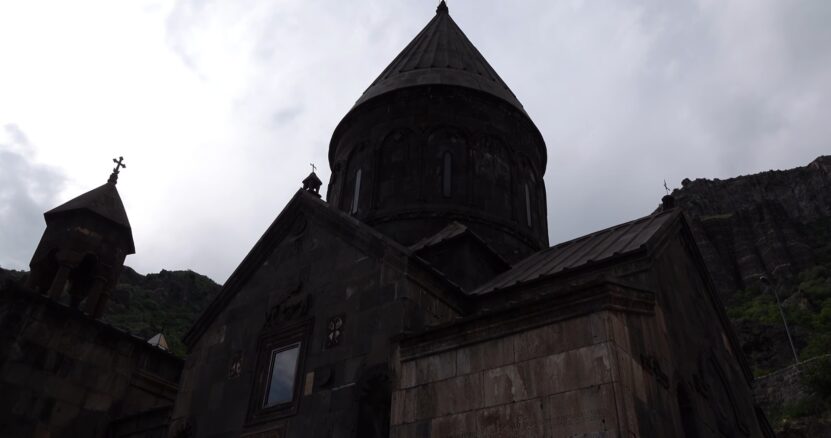
Religion in Armenia transcends the boundaries of mere spiritual beliefs; it is deeply intertwined with the nation’s cultural, social, and national identity. The Armenian Apostolic Church’s influence is evident in various aspects of life, from art and architecture to literature and education.
The Church has been instrumental in preserving the Armenian language and culture, particularly during periods of foreign rule and turmoil. Minority religions, though smaller in scale, contribute significantly to the cultural diversity of the country.
They bring different perspectives and practices, enriching the nation’s cultural fabric. The Armenian Catholic and various Protestant denominations, for instance, have played vital roles in the educational and humanitarian sectors.
Religious tolerance and coexistence are notable aspects of Armenia’s history. The country has witnessed various faiths living side by side, often contributing to each other’s cultures. This legacy of tolerance continues today, with Armenia upholding the principles of religious freedom and minority rights.
FAQs
How does the Armenian Apostolic Church differ from Eastern Orthodox Christianity?
The Armenian Apostolic Church, part of Oriental Orthodoxy, differs from Eastern Orthodox Christianity primarily in its Christological beliefs. The Armenian Church adheres to Miaphysitism, which holds that in Jesus Christ, divine and human natures form a single nature.
This contrasts with the Eastern Orthodox Chalcedonian belief of two natures (divine and human) coexisting in Christ. Additionally, there are differences in liturgy, church governance, and certain religious traditions.
Are there any unique religious festivals specific to Armenia?
Yes, this country has unique religious festivals, one of which is Vardavar. Celebrated 98 days (14 weeks) after Easter, Vardavar is a joyous festival with pagan roots, now Christianized, where people douse each other with water.
It commemorates the transfiguration of Jesus Christ and also has connections to the goddess Astghik, who was associated with water, beauty, love, and fertility in Armenian mythology.
What is the status of religious education in Armenia?
In Armenia, religious education primarily occurs within the family and religious community settings. The Armenian Apostolic Church runs Sunday schools and youth programs. Additionally, there are institutions for higher religious learning, like the Gevorkian Theological Seminary at the Mother See of Holy Etchmiadzin.
State schools in the country are secular, but they offer courses in the history of the Armenian Church as part of their curriculum.
Has Armenia experienced religious conflicts in its history?
Armenia’s history, like many nations, has seen periods of religious tension, especially under foreign domination when attempts were made to convert Armenians to other faiths.
However, the country is predominantly known for its religious tolerance, with different religious communities living in relative harmony.
How do Armenians celebrate major Christian holidays like Easter and Christmas?
Armenian Christians celebrate major holidays with unique traditions. Easter, known as Zatik in the country, is celebrated with special church services, feasts, and the tradition of cracking dyed eggs.
Christmas celebrated on January 6th (unlike the December 25th date in many other Christian traditions), is marked by a special liturgy in the Armenian Church, followed by family gatherings and traditional meals, including dishes like fish, rice, and greens.
Are there any notable religious landmarks or pilgrimage sites in Armenia?
The country is home to many ancient religious landmarks and pilgrimage sites. The Mother See of Holy Etchmiadzin, the spiritual center of the Armenian Apostolic Church, is a significant pilgrimage site.
Other notable sites include the Geghard Monastery, a UNESCO World Heritage Site, and the Khor Virap Monastery, located near Mount Ararat, a symbol of Armenian heritage and faith. These sites attract not only religious pilgrims but also tourists interested in Armenia’s rich historical and architectural legacy.
The Bottom Line
The religious overview of Armenia reveals a country where faith is deeply intertwined with national identity, culture, and history. The major religions in the country, each with their unique traditions and practices, contribute to the rich tapestry of the nation’s spiritual landscape.
Understanding these religions provides insight into the Armenian spirit, a spirit characterized by resilience, tolerance, and a deep sense of community. As this country navigates its path in the modern world, its religious heritage will continue to play a vital role in shaping its identity and guiding its people.

